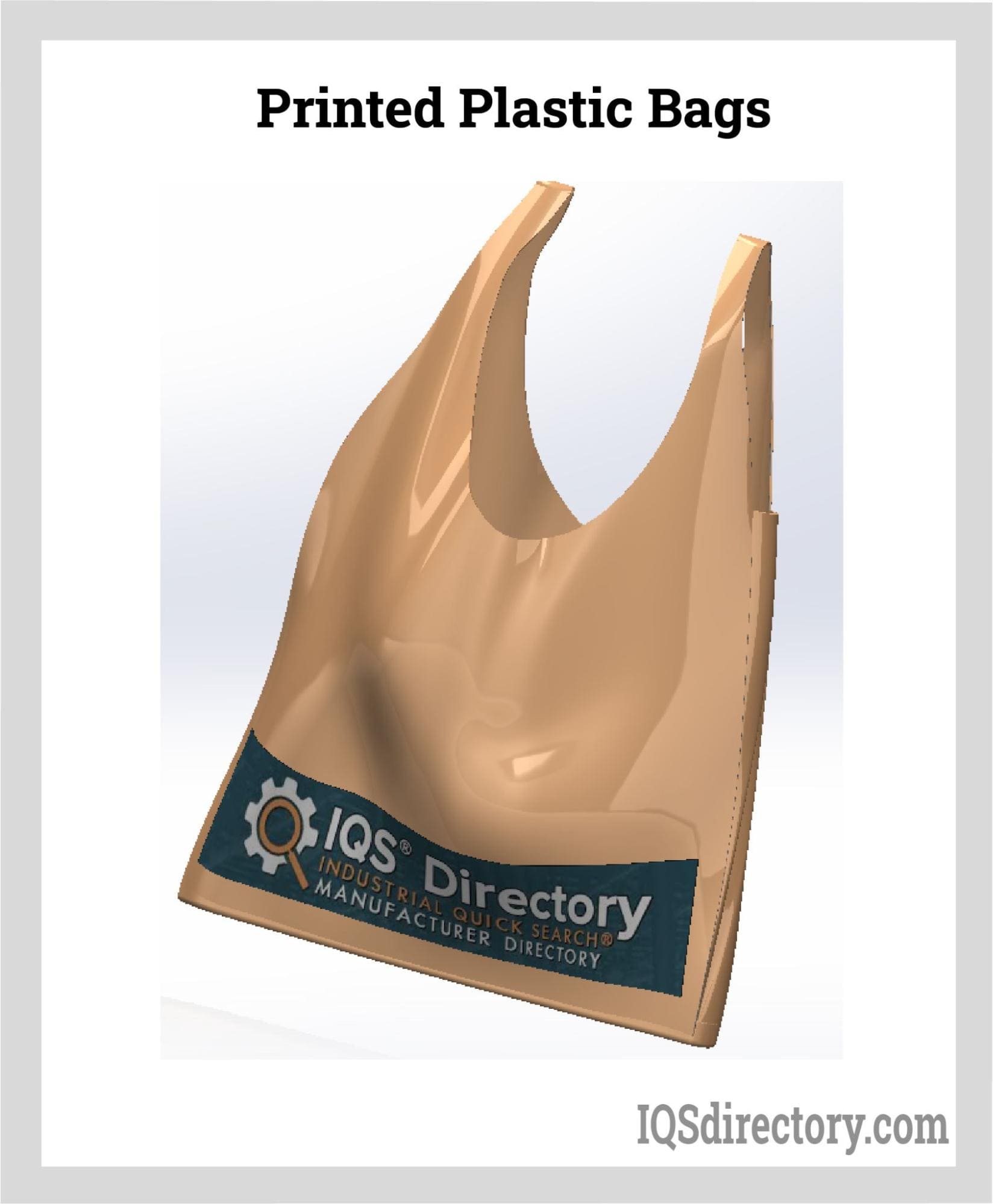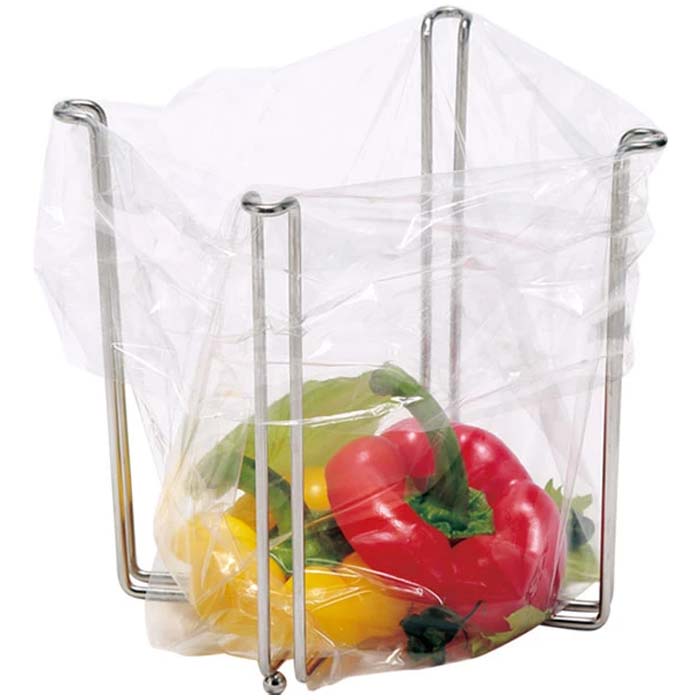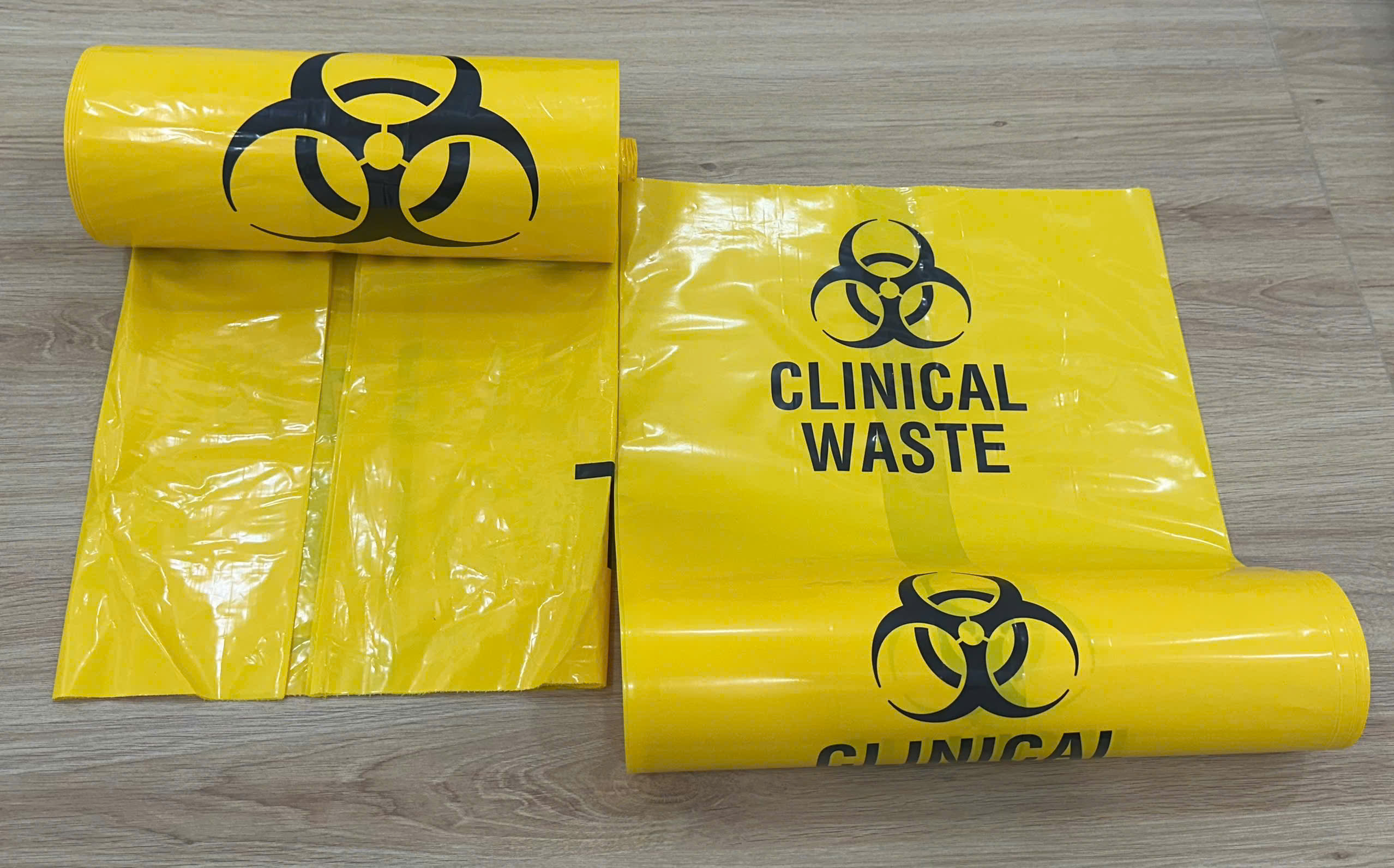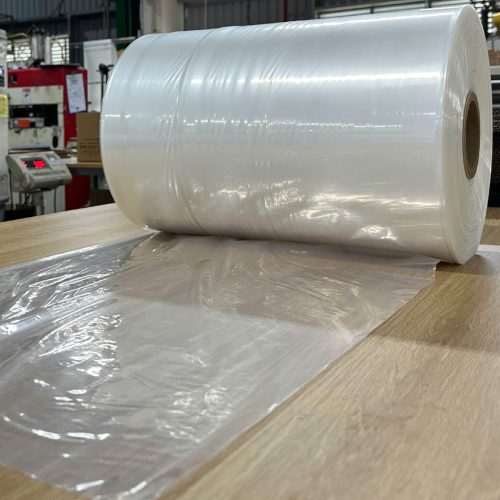A plastic bag is a common item we encounter daily, but its significance extends far beyond its use for carrying groceries. In this article, we will delve into various aspects of plastic bags, including their history, usage, pros and cons, alternatives, and practical tips.
Who Uses Plastic Bags?

Plastic bags have become an integral part of our consumer culture, appearing in supermarkets, boutiques, and nearly every retail environment. Their widespread usage highlights both convenience and environmental challenges.
Origins of the Plastic Bag
The creation of the first plastic bag dates back to the 1960s when materials like polyethylene became prevalent. This innovation revolutionized packaging, providing an inexpensive and lightweight option for consumers. Initially hailed for their convenience, plastic bags quickly gained favor among retailers due to their durability and cost-effectiveness.
As the demand for convenience grew, so did the production of plastic bags. By the late 20th century, they had become ubiquitous in daily life. However, this surge in production has led us to grapple with significant environmental consequences.
Demographics of Plastic Bag Users
Understanding who uses plastic bags can help identify the root causes of their environmental impact. They are primarily favored by:
- Consumers: Shoppers across all demographics rely on plastic bags for transporting purchases.
- Retailers: From large supermarkets to small shops, businesses often prefer plastic bags due to their low cost and ease of use.
- Manufacturers: Industries depend on them for packaging products ranging from food items to electronics.
These groups contribute to the staggering number of plastic bags produced each year, emphasizing the need for awareness and reform.
Cultural Perspectives on Plastic Bags
Plastic bags differ in perception across cultures. In many Western societies, they are viewed as a necessary evil—convenient but detrimental. Conversely, in some developing nations, reusable bags may be less accessible, leading to higher reliance on single-use plastic options.
This cultural dichotomy underscores the importance of targeted education and policy changes tailored to specific communities to reduce dependency on plastic bags.
How Are Plastic Bags Made?

The manufacturing process of plastic bags involves several steps, which include polymerization, extrusion, and converting.
Polymerization Process
Plastic bags are primarily made from polyethylene, which comes from petrochemical sources. The polymerization process converts ethylene gas into long polymer chains, forming a solid material used for bag production.
This step requires significant energy consumption and contributes to greenhouse gas emissions, raising questions about sustainability.
Extrusion Technique
After polymerization, the plastic is melted and extruded through a die to form thin sheets. These sheets are then cooled and rolled for further processing. Extrusion creates the desired thickness and flexibility of the final product, allowing manufacturers to customize bags based on usability.
Converting and Finishing Touches
The last stage involves cutting, sealing, and printing on the plastic sheets to create the final product. Depending on the intended use, bags can be designed with handles, different sizes, or printed logos. This versatility adds to their commercial appeal, despite the growing concern over their environmental footprint.
Pros and Cons of Plastic Bags
While plastic bags serve valuable purposes, they also pose serious ecological challenges. Evaluating both sides is essential for informed decision-making.
Advantages of Plastic Bags
- Convenience: Plastic bags are lightweight and easy to carry, making them ideal for shopping trips.
- Durability: They resist tearing and moisture, ensuring that contents remain safe and secure during transport.
- Cost-Effective: Retailers benefit financially from using plastic bags, as they are cheaper to produce than alternative bagging options.
- Versatility: Beyond shopping, plastic bags can be repurposed for waste collection, storage, and other household tasks.
Despite these advantages, it is crucial to recognize the disadvantages that accompany plastic bag use.
Disadvantages of Plastic Bags
- Environmental Impact: Plastic bags are notorious for their long decomposition time—often hundreds of years—leading to pollution and harm to wildlife.
- Resource Intensive: Their production consumes limited resources, including fossil fuels and water, contributing to climate change.
- Single-Use Culture: The convenience of plastic bags encourages a throwaway mindset, resulting in excessive waste generation.
- Regulatory Challenges: Many regions have implemented bans or restrictions on plastic bags, causing confusion and inconsistency for consumers.
By weighing these pros and cons, individuals can make informed choices regarding their use of plastic bags.
Alternatives to Plastic Bags
Given the environmental concerns associated with plastic bags, exploring sustainable alternatives has become imperative.
Reusable Bags
The most popular alternative to plastic bags is reusable shopping bags made from materials such as cotton, jute, or recycled plastics. While the upfront cost may be higher, these bags offer longevity and a lower environmental impact over time.
- Benefits: They significantly reduce the amount of plastic waste generated, often come in stylish designs, and provide a sense of responsibility toward the environment.
- Drawbacks: Proper care is needed to maintain hygiene, especially when used for grocery shopping.
Paper Bags
Another alternative is paper bags, which are biodegradable and recyclable. Many retailers now offer paper bags as a more sustainable choice.
- Benefits: They break down more quickly than plastic and are made from renewable resources. They are also easier to recycle compared to plastic bags.
- Drawbacks: Production of paper bags can require more energy and water than plastic, and they may not hold up well under wet conditions.
Biodegradable Bags
Biodegradable plastic bags are made from plant-based materials and are designed to decompose more quickly than traditional plastic bags.
- Benefits: They offer the convenience of plastic bags while minimizing the long-term environmental impact.
- Drawbacks: Often, they require specific conditions to decompose effectively, and their production can still have a significant carbon footprint.
Compostable Bags
Compostable bags are made from organic materials and can break down in composting environments.
- Benefits: They can enrich the soil as they decompose, posing fewer risks to wildlife compared to standard plastic bags.
- Drawbacks: Like biodegradable bags, they require specific conditions to break down effectively, and not all facilities accept them.
Choosing the right alternative depends on individual values, lifestyle, and local availability of disposal options.
Step-by-Step Guide to Reducing Plastic Bag Usage
Transitioning away from plastic bags requires conscious effort and planning. Here’s a step-by-step guide to help you minimize your plastic bag usage.
Step 1: Assess Your Current Bag Usage
Begin by taking stock of how often you use plastic bags. Keep track of your shopping habits for a week. Identify situations where you tend to rely on plastic bags.
Step 2: Invest in Reusable Options
Purchase a variety of reusable bags—consider different sizes and materials. Keep them in convenient locations, such as your car or near your front door, to ensure you never forget them when heading out.
Step 3: Create Reminders
Set reminders on your phone or sticky notes near your entrance to prompt you to grab your reusable bags before leaving home. This small habit can significantly reduce plastic usage.
Step 4: Educate Others
Encourage friends and family to join you in reducing plastic bag usage. Share information about the impact of plastic bags on the environment and suggest alternatives.
Step 5: Support Local Policies
Advocate for local businesses to adopt sustainable practices, such as offering discounts for customers who bring their own bags. Support legislation aimed at reducing plastic bag usage in your community.
Step 6: Monitor Progress
Keep track of your progress in reducing plastic bag usage. Celebrate milestones and reflect on the positive impacts your efforts have made on the environment.
By following these steps, you can effectively contribute to reducing plastic bag waste in your community.
Tips for Managing Plastic Bags
If you find yourself with excess plastic bags, here are some tips for responsible management.
Recycling Options
Many grocery stores offer plastic bag recycling programs. Check if your local store provides a designated bin for returning plastic bags and ensure that you clean and dry bags before dropping them off.
Repurposing
Consider repurposing plastic bags around your home. They can be used for:
- Waste disposal
- Packing material for shipping
- Storing items in your garage
Creating Art Projects
Get creative! Turn plastic bags into art projects or crafts. With a bit of imagination, you can transform something destined for the landfill into unique and functional artwork.
Community Drives
Participate in or organize local clean-up drives to collect and responsibly dispose of plastic bags found in public spaces. Engaging with your community amplifies awareness and encourages collective action.
Stay Informed
Stay updated on news and advancements regarding plastic bags. As technology evolves, new solutions may emerge, providing better alternatives for consumers.
By adopting these tips, individuals can manage their plastic bag consumption more effectively, even if they continue using them in some capacities.
Frequently Asked Questions about Plastic Bags
What are plastic bags made from?
Plastic bags are primarily made from polyethylene, a type of plastic derived from petroleum. This material is lightweight, flexible, and durable, making it suitable for various applications.
How long do plastic bags take to decompose?
Plastic bags can take hundreds of years to decompose in the environment. This long lifespan poses significant dangers to wildlife and ecosystems.
Are there any regulations surrounding plastic bags?
Many cities and countries have implemented regulations limiting the use of plastic bags. Some have instituted bans on single-use plastic bags, while others impose fees for their use. Regulations vary widely, so it’s essential to check local laws.
Can I recycle plastic bags?
Yes, many grocery stores offer recycling programs specifically for plastic bags. However, you should not put plastic bags in curbside recycling bins as they can cause problems at recycling facilities.
What are some eco-friendly alternatives to plastic bags?
Eco-friendly alternatives to plastic bags include reusable cloth bags, paper bags, biodegradable bags, and compostable bags. Each option has its benefits and drawbacks, so choose the one that best aligns with your values and lifestyle.
Conclusion
In conclusion, the plastic bag’s journey from a revolutionary convenience item to a symbol of environmental challenge highlights the complexity of modern consumer culture. Understanding the implications of plastic bags—from their production and usage to their environmental impact—is vital for fostering responsible consumption. By exploring alternatives, implementing sustainable practices, and advocating for change, individuals can play a crucial role in mitigating the negative consequences of plastic bags on our planet.
Factory: No 5, Lot CN8.1, Nam Cau Kien Industrial Park, Hoang Dong Commune, Thuy Nguyen District, Hai Phong City, Viet Nam.
Tel/whatsapp:(+84)903 284 939
Ws: http://vnplast.com
Email: [email protected] | [email protected]




